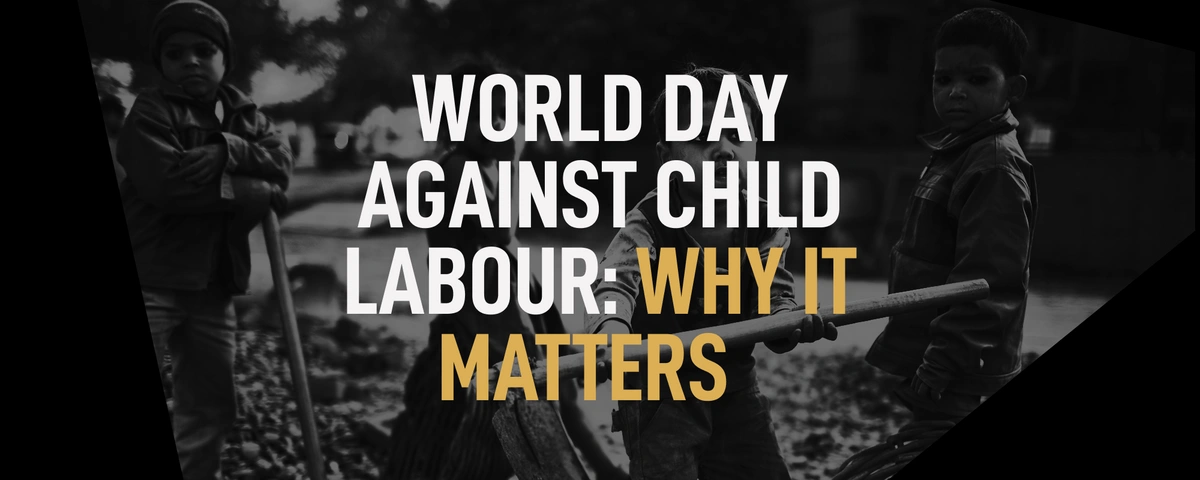Every year on June 12th, the world observes World Day against Child Labour, a day to raise awareness and take action to end the exploitation of millions of children who work under hazardous and harmful conditions. The day was launched by the International Labour Organization (ILO) in 2002 and is part of the global movement to achieve the Sustainable Development Goal 8.7 of ending child labour in all its forms by 2025.
Child labour affects 160 million children worldwide. It refers to work that interferes with the child’s schooling and all forms of work that is mentally, physically, socially, or morally dangerous and harmful to children. Around 70 % of child labour, occurs within the agricultural sector. Other common sectors include; domestic work, drug manufacturing and distribution of drugs, sexual exploitation and prostitution and the industrial sector, such as manufacturing of goods. A staggering 73 million children work in hazardous working environments.
Child labour is a violation of human rights and a barrier to education, health, and development. It is driven by poverty, lack of social protection, conflicts, disasters, and other factors that expose children and their families to vulnerability and deprivation. Child labour deprives children of their childhood, their potential, and their dignity.
Africa is the continent with the highest number of children in child labour with approximately 72 million children being affected. The Pacific and Asia rank second highest, with 62 million children in child labour, followed by the Americas at 11 million children affected by child labour.
The theme of the 2023 World Day against Child Labour is ‘Social Justice for All. End Child Labour!’ and this year ILO is calling for:
-
Reinvigorated international action to achieve social justice, particularly under the envisaged Global Coalition for Social Justice, with child labour elimination as one of its important elements.
-
Universal ratification of ILO Convention No. 138 on Minimum Age, which, together with the universal ratification of ILO Convention No. 182 on Worst Forms of Child Labour achieved in 2020, would provide all children with legal protection against all forms of child labour.
-
Effective implementation of the Durban Call to Action .
Together, we can all make a difference in the lives of millions of children who deserve a better future.
Sources:
